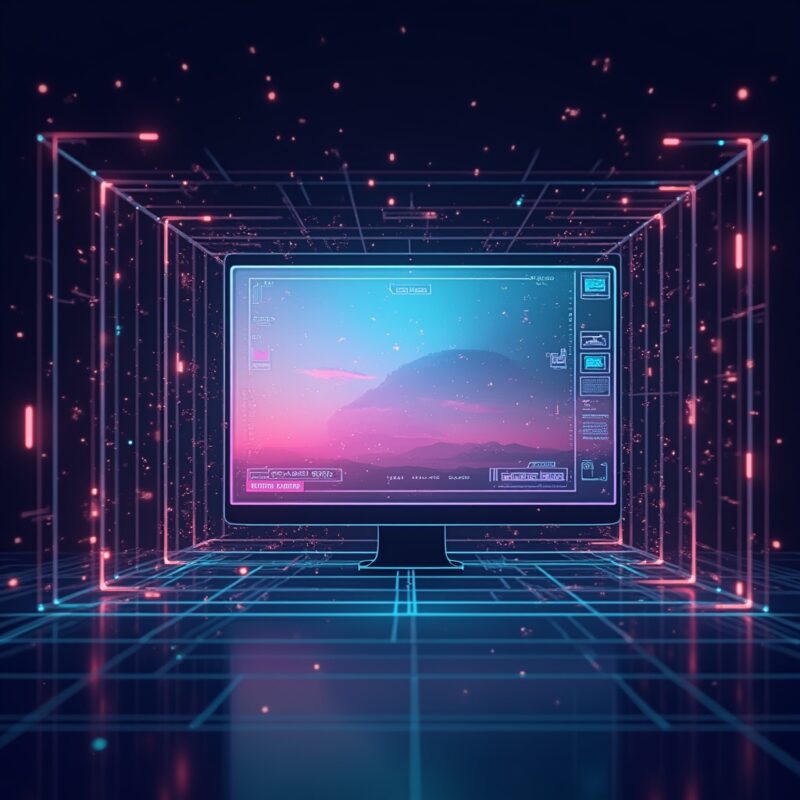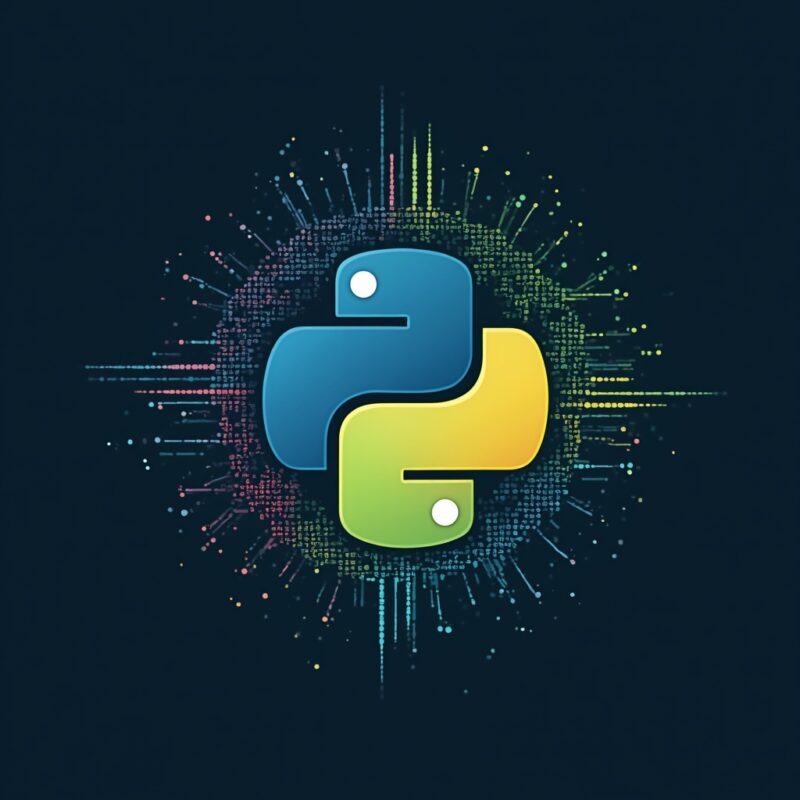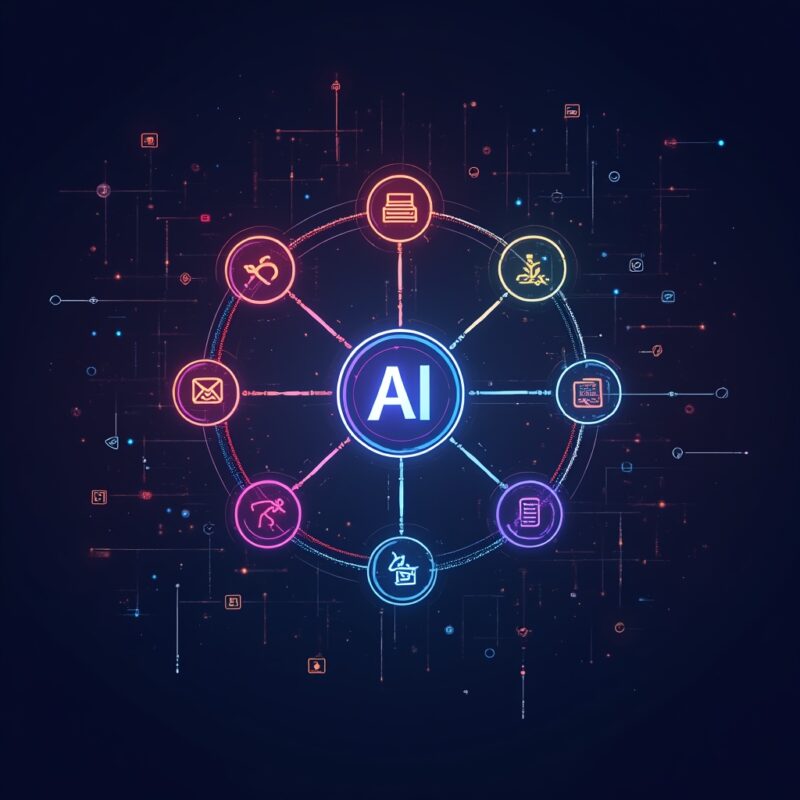Content Creation AI: 7 Tools Transforming Digital Marketing

AI content creation tools are revolutionizing digital marketing by automating and enhancing content production across text, images, and videos. These seven transformative tools help marketers save time, improve quality, and scale their content strategies while maintaining creative control.
The AI Content Revolution: No More All-Nighters
Remember when creating content meant endless hours staring at a blank screen, desperately willing your brain to produce something brilliant? I sure do. There was this one time I pulled an all-nighter trying to edit a 3-minute product video that should’ve taken two hours tops. By 4 AM, I was hallucinating keyboard shortcuts and considering a career change to something less demanding—like perhaps underwater welding.
Fast forward to today, and AI has completely flipped teh script. What once required days of painstaking work can now happen in minutes. It’s like going from riding a bicycle uphill to suddenly being gifted a rocket-powered Tesla.
The digital marketing landscape is experiencing this transformation firsthand, with AI tools handling everything from writing blog posts to editing professional-quality videos. Let’s break down the seven AI tools that are fundamentally changing how marketers create content.
What Are Content Creation AI Tools?
Content creation AI tools are sophisticated software applications powered by artificial intelligence that automate or enhance the process of producing marketing content. Unlike traditional content tools, these AI-powered solutions can actually generate original content, edit existing materials, and even make creative decisions based on data and patterns.
These tools typically use various forms of machine learning, particularly natural language processing (NLP) for text and computer vision for visual content. The most advanced options leverage deep learning and neural networks to understand context, style, and audience preferences.
What makes them revolutionary isn’t just their ability to create—it’s their speed, scalability, and continuous improvement capabilities that are transforming digital marketing workflows.
The 7 Game-Changing AI Tools for Content Creation
- ChatGPT and GPT-4 for Text Generation – Creates blog posts, social media copy, product descriptions, and more with human-like quality.
- DALL-E and Midjourney – Transform text descriptions into striking original images for marketing campaigns, social media, and website content.
- Sora and Runway – Generate and edit professional-quality videos from text prompts, revolutionizing video marketing.
- Descript – Edits video and audio as easily as editing a document, with AI-powered tools for removing filler words and generating realistic voice overs.
- Jasper – Specializes in marketing copy with templates for ads, emails, and landing pages that drive conversions.
- Surfer SEO – Analyzes top-performing content and guides AI creation to ensure content ranks well in search engines.
- Synthesia – Creates AI-generated presenters and videos that can speak in multiple languages, perfect for global marketing campaigns.
Why AI Content Creation Tools Matter for Marketers
The impact of these AI tools goes way beyond just saving time (though that alone would be worth the price of admission). They’re fundamentally changing what’s possible for marketing teams of all sizes.
Democratizing Professional Content Creation
Remember when video production required expensive equipment, specialized skills, and significant budgets? AI is demolishing those barriers. A solo entrepreneur can now create content that rivals what used to require an entire production team.
Small businesses that could never afford professional copywriters, graphic designers, or video editors can now compete with larger companies on content quality. This democratization is perhaps the most profound impact of AI content tools.
Scaling Content Production
Content marketing has always faced a fundamental problem: creating enough high-quality content to feed the beast. Social media, blogs, emails, ads, product pages—the demands are endless.
AI tools allow marketers to scale their content production exponentially. What once might have taken a month can now happen in days or even hours. This scaling capability means:
- More comprehensive content strategies across multiple channels
- Ability to test different variations and approaches
- Consistent content production even with limited resources
- Quick adaptation to trends and timely topics
Learn more in
Best AI Tools for Graphic Design: Transform Your Workflow
.
How AI Content Creation Tools Work
You don’t need to be a tech wizard to use these tools effectively, but understanding their basic functioning helps you get better results and maintain appropriate expectations.
Text Generation: The Foundation of AI Content
Tools like ChatGPT and GPT-4 work by predicting what words should come next in a sequence. They’re trained on massive datasets of human-written text from books, articles, websites, and other sources. When you provide a prompt, the AI analyzes patterns in its training data to generate text that matches your request.
What makes modern AI text generation different from earlier attempts is context awareness. These models understand nuance, can maintain themes across paragraphs, and adapt their tone based on instructions. They’re not just stringing words together—they’re genuinely “understanding” (in their way) what you’re asking for.
Image Generation: From Words to Visuals
DALL-E and Midjourney transform text descriptions into images through diffusion models—a technique where the AI gradually removes noise from a random pattern until an image matching your description emerges.
These tools have been trained on millions of image-text pairs, learning the visual characteristics associated with different words and concepts. When you input “a professional photo of a business meeting in a modern office,” the AI knows what visual elements should be present.
Video Creation: The New Frontier
Video AI tools like Sora and Runway represent the cutting edge of content creation AI. They combine understanding of language, visual composition, and motion to generate or edit video content.
The process typically works in one of two ways:
- Text-to-video generation: Describe what you want, and the AI creates a video from scratch
- Video editing enhancement: Upload existing footage, and the AI helps transform it through editing, effects, or extensions
For marketers looking specifically to edit videos with AI, tools like Descript and Runway offer the most accessible options. They can automatically remove filler words, generate captions, create realistic voice overs, and even remove objects from scenes.
Common Myths About AI Content Creation
Despite the incredible advances, there are still some persistent misconceptions about what AI content tools can and cannot do. Let’s bust a few myths:
Myth 1: “AI Will Replace Human Creativity”
Reality: AI amplifies human creativity rather than replacing it. The best results come from collaboration between human direction and AI capabilities. Think of AI as your creative assistant, not your replacement.
The tools still need human prompts, refinement, and creative vision to produce truly exceptional content. What they do is remove the technical barriers and tedious aspects of content creation, freeing humans to focus on strategy and creative direction.
Myth 2: “AI-Generated Content Is Easy to Spot”
Reality: The quality gap between AI and human-created content is rapidly closing. While early AI content had telltale signs of its origin, today’s advanced tools can create content that’s increasingly difficult to distinguish from human work.
That said, AI content still benefits from human editing and refinement. The most effective approach combines AI generation with human curation—getting the best of both worlds.
Myth 3: “AI Content Tools Are Too Expensive for Small Businesses”
Reality: Many effective AI content tools offer affordable tiers specifically designed for solopreneurs and small businesses. The cost-benefit analysis usually favors adoption, as the time saved and quality improvements typically outweigh subscription costs.
When you consider that a single freelance designer or copywriter might charge hundreds of dollars for a project, AI tools that can handle multiple content types for a monthly subscription often represent significant cost savings.
Real-World Examples: AI Content Creation in Action
Let’s look at how real businesses are leveraging these AI tools to transform their marketing:
Case Study 1: E-Commerce Product Descriptions at Scale
An online furniture retailer with over 5,000 products was struggling to create unique, SEO-friendly descriptions for each item. Their marketing team of three people couldn’t possibly write them all manually.
Using ChatGPT and Jasper, they created a system that generated unique product descriptions based on manufacturer specifications, style categories, and target keywords. What would have taken months was completed in two weeks. Their organic search traffic increased by 34% within three months.
Case Study 2: Video Marketing Transformation
A financial advisory firm wanted to create educational video content but had limited video production experience and budget. Using Descript and Synthesia, they transformed their existing blog posts into video presentations with AI-generated narration.
Their content production increased from one video per month to three videos weekly. Engagement rates on social media jumped by 78%, and they reported a 42% increase in qualified leads coming from video content.
Case Study 3: Multi-Language Content Scaling
A SaaS company expanding into international markets needed to localize their marketing content for six different languages. Their previous process of hiring translators was expensive and slow.
By combining ChatGPT for initial translations with native-speaking editors for refinement, they reduced translation costs by 65% and cut turnaround time from weeks to days. The quality was comparable to their previous fully human-translated content, with the added benefit of maintaining consistent brand voice across languages.
Learn more in
Best AI Tools for Graphic Design: Transform Your Workflow
.
Getting Started: Implementing AI in Your Content Strategy
Ready to dive into the world of AI content creation? Here’s a practical approach to incorporating these tools into your existing workflow:
Step 1: Identify Your Content Bottlenecks
Before adopting any AI tools, analyze where your content production slows down or faces quality issues. Common bottlenecks include:
- Writing first drafts of long-form content
- Creating consistent social media posts
- Producing visual assets for different platforms
- Editing and optimizing video content
- Maintaining consistent publishing schedules
Step 2: Choose the Right Tools for Your Needs
Based on your specific bottlenecks, select 1-2 AI tools to start with. It’s better to master a couple of tools than to spread yourself thin across many:
- For text bottlenecks: ChatGPT, GPT-4, or Jasper
- For image creation challenges: DALL-E or Midjourney
- For video editing struggles: Descript or Runway
- For comprehensive marketing needs: Consider platforms that combine multiple AI capabilities
Step 3: Develop an AI-Human Collaboration Framework
The most successful implementations of AI content tools involve thoughtful collaboration between human creativity and AI capabilities:
- Humans provide creative direction, brand guidelines, and strategic focus
- AI handles first drafts, technical execution, and repetitive tasks
- Humans review, refine, and approve final content
This framework ensures you get the efficiency benefits of AI while maintaining the strategic thinking and creative spark that only humans can provide.
What’s Next for AI Content Creation?
As we look toward the future, several exciting developments are on the horizon:
- More sophisticated video generation – Tools like Sora represent just the beginning of what’s possible with AI video
- Improved personalization capabilities – Future AI tools will create variations of content tailored to individual audience segments automatically
- Enhanced cross-platform optimization – Expect AI that can automatically adapt content for different platforms and formats
- Better integration with analytics – AI content tools will increasingly incorporate performance data to refine content strategy
The marketers who will thrive in this new landscape aren’t those who resist AI, but those who learn to collaborate with it effectively—combining human creativity and strategic thinking with AI’s efficiency and technical capabilities.
Ready to transform your content creation process? Start small, experiment consistently, and remember that the goal isn’t to remove humans from the equation, but to make them more effective by handling the tedious parts of content creation automatically. Your future self (who’s gonna be sleeping through the night instead of editing videos at 3 AM) will thank you.












